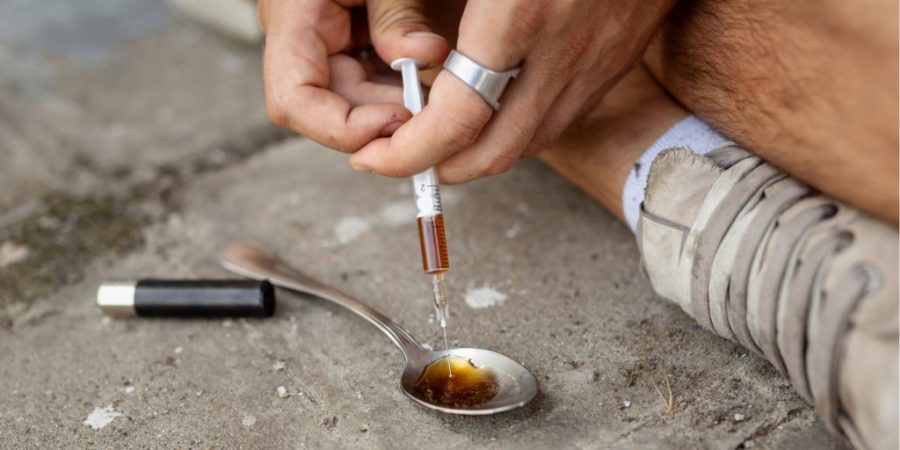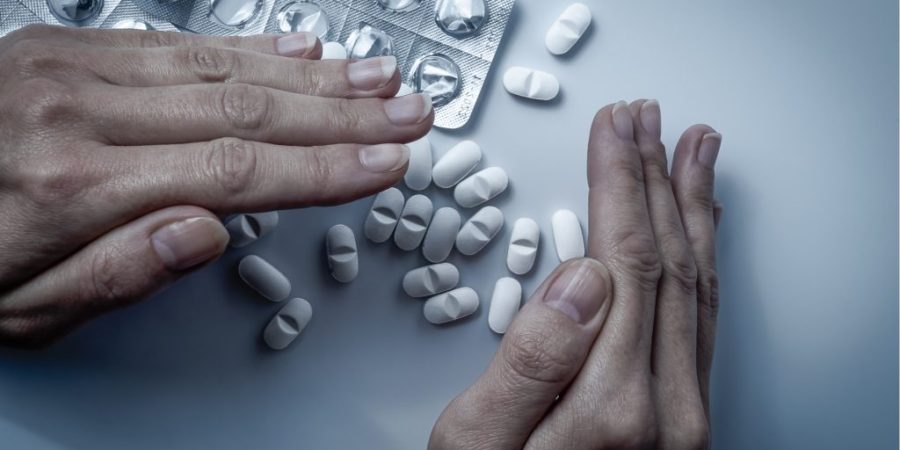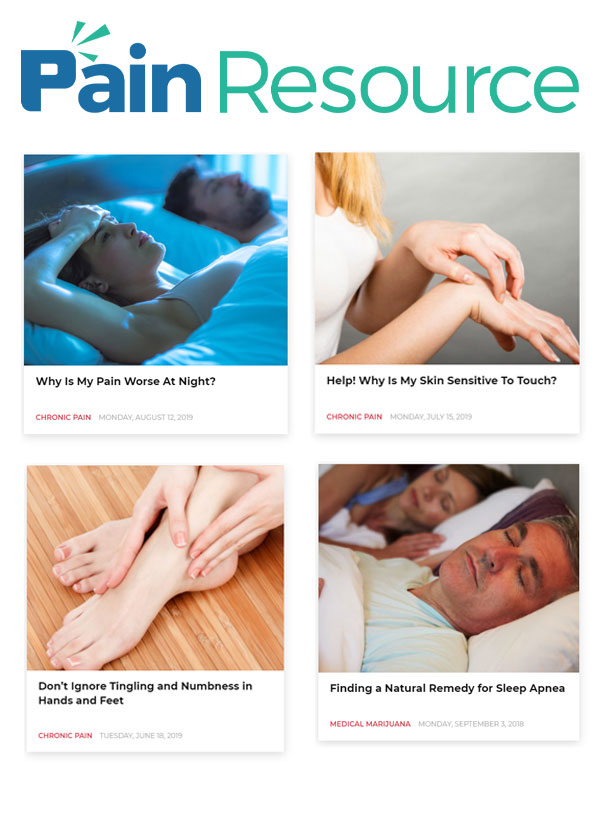
In the past year, the Ohio opioid epidemic has, unfortunately, been on the rise. This Ohio drug problem has left countless people struggling with their mental health and even with their lives as the number of deaths related to opioid overdose continues to increase.
In this article, you will learn everything you need to know about the Ohio drug problem from the consequences of the Ohio opioid epidemic to treatment options that can keep you safe and healthy in the new year.
Table of Contents
How Bad Is the Ohio Drug Problem?


Before we can truly understand just how bad the Ohio drug problem is—and why it continues to worsen—we must look at drug overdose deaths by state. Overall in the United States, the percentage of use for the four major drug groups (non-prescribed fentanyl, methamphetamine, cocaine, and heroin) has increased tremendously. However, Ohio’s drug use is now one of highest in the country.
In Ohio, there is currently a heroin crisis. Heroin and other substances such as prescription painkillers are known as opioids. This drug is highly addictive and extremely dangerous to begin with, but new research has revealed that heroin often contains even deadlier substances that cause severe heroin withdrawal symptoms as well as drastically increase the risk of overdose.
According to recent reports, the Ohio drug problem has reached an all-time high. In fact, heroin use in Ohio increased 35 percent over just a few months in 2020. Additionally, over 500 Ohioans have died from overdoses in a single month. This shocking number of deaths only gives a glimpse into the already troubling rise of the Ohio opioid epidemic.
Why Has the Ohio Opioid Epidemic Gotten Worse?
In 2018, the Ohio opioid epidemic seemed to be improving as the number of deaths related to drug overdose had decreased from the year prior. However, there was another spike in heroin deaths in Ohio in 2019—and these numbers climbed even higher in 2020, as mentioned above. But what changed the course of improvement for the Ohio drug problem?
The answer has to do with how mental health and addiction are so closely related. In 2020, the world faced the COVID-19 pandemic. This pandemic put a lot of strain on Americans in particular as thousands of people lost their jobs, became ill, and had to struggle with complete social isolation. All of these stressors greatly contribute to the increase in drug use and mental health tragedies this past year.
The Centers for Disease Control and Prevention (CDC) noted how many more people were turning to drugs or alcohol to cope with the stress of the COVID-19 pandemic. According to their report, an increased number of people struggled with substance use disorders as a result of:
- Social isolation
- Lack of access to safe treatment during COVID-19
- Untreated mental health conditions
The combination of all of these factors has only made the Ohio drug problem spiral out of control. But this doesn’t have to continue. Instead, mental health and addiction treatment facilities in Ohio are now more prepared than ever to assist people in need.
The Solution for Opioid Overdose and Addiction


Getting treatment for substance use disorders and co-occurring mental health conditions is the only way to lower your own risk of complications and overdose from drug use. Luckily, The Woods at Parkside is a rehab center that uses evidence-based treatment to fight back against the Ohio drug problem one patient and one life at a time. Our programs and services include:
- Safe detox from drugs and alcohol
- Residential rehab
- Dual diagnosis treatment for addiction and co-occurring mental health conditions
- Partial hospitalization programs
- Intensive outpatient treatment
- And continuing care groups once you complete treatment
The Woods at Parkside also allows you to explore recovery through things like recreational therapy, music therapy, and life skills groups. In recreational therapy, you will be able to work toward healing your mind, body, and spirit by finding joy in movement. Similarly, music therapy provides a unique outlet for you to tend to your mental health. Moreover, the life skills groups will help you practice ways to take care of yourself so that you can live happy and healthy after your time in treatment.
We believe in offering the best care possible, even in times of crisis. Therefore, we have created safe guidelines in accordance with CDC recommendations to help you get back on your feet during the COVID-19 pandemic. Ultimately, the skills you will learn through various treatment options will carry you through this new year and for the rest of your years to come.
Questions? Reach Out to Us Today
If you are worried that you might be part of the Ohio opioid epidemic and you would like to reduce your risk of overdose, please call us right away at 614-471-2552. For those who are curious about what treatment looks like but who aren’t quite ready to call our admissions specialists, you have the option to complete our confidential form online with your questions and concerns.
However you choose to take the first step toward recovery, we will be here to guide you on your journey. Together, we can work toward a permanent solution for the Ohio drug problem.
The post The Ohio Drug Problem: New Findings on the Opioid Epidemic appeared first on The Woods At Parkside.
Source
Original Author: The Woods at Parkside

